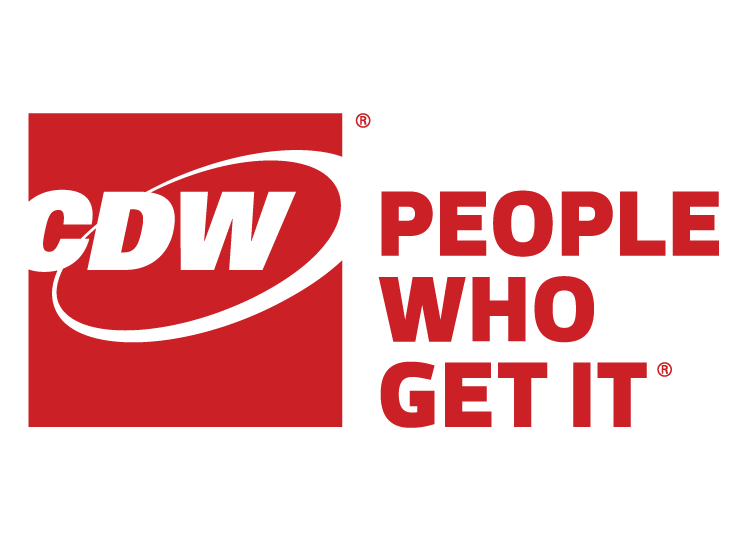Blog /
Level Up Your Organization’s Cloud Security with These Five Actions
Level Up Your Organization’s Cloud Security with These Five Actions
Having a weak cloud security posture is not an option. It is risky not only for your organization but for your clients as well, and you could face penalties if their data gets compromised. Here are five actions you can take to improve your organization’s cloud security and avoid trouble.


Recent cloud adoption numbers show that the days when companies were doubtful about cloud computing are long gone.
Cloud tools are perceived as safe nowadays – for good reasons – but there’s a catch: cloud security does not only depend on cloud providers; the organizations using these tools play a key role too. It’s not just about choosing the right technologies but also about making sure you are using them correctly.
Having a weak cloud security posture is not an option. It is risky not only for your organization but for your clients as well, and you could face penalties if their data gets compromised.
Here are five actions you can take to improve your organization’s cloud security and avoid trouble:

1. Spend Enough Time Configuring the Security Controls
A common mistake is being overconfident that the native controls of cloud providers are sufficient and they are already configured in the best possible way. Spending enough time configuring those controls to match your compliance or risk appetite is strongly recommended. There’s no set of configurations that fits all organizations; customization is crucial.

2. Consult CSA’s Shared Responsibility Model
Understanding who is responsible for what when it comes to cloud governance is often a challenge; failing to do so can translate into trouble. Most major providers have lined themselves up with Cloud Security Alliance’s Shared Responsibility Model, which is easy to follow and helps you know where the governance responsibilities stop and start between your organization and the cloud provider.

3. Mind Federal, Provincial and International Regulations
Using cloud tools implies handling data from your clients, which requires meeting a series of regulations or facing penalties when these are not met. Keep in mind that you not only have to comply with local regulations but also with the international regulations that protect your clients abroad. Canada has been historically in the lead when it comes to privacy legislation. Still, in recent years European Union’s General Data Protection Regulation (GDPR) has raised the bar regarding some penalties, and the province of Quebec introduced significant changes to their provincial legislation last year too.
Privacy legislation is an ever-evolving field. Keeping up with new changes is not an easy task, and it’s a good idea to get constant training and awareness on what regulations apply to your organization, identify gaps and come up with a plan to close them.

4. Make Sure Only the Right People Have Access to Sensitive Data
Three years after COVID-19 hit, we can say that remote and hybrid work models seem to be here to stay. But leaving the controlled work environments that offices provide implies some challenges: managing who has access to what information and ensuring only the right person can access it is vital.
Following a good identity and access management strategy and developing a roadmap can give your organization the needed control. The cloud provides strong toolsets for organizations to use, the challenge is defining how your organization makes proper use of this technology to meet your security and compliance requirements.

5. Get Holistic Support
Having a trusted IT partner that can provide your organization with a holistic point of view will make a huge difference when trying to leverage the benefits of the cloud safely.
At CDW, we have a team of seasoned solutions architects who have helped Canadian organizations of all sizes and across different sectors solve some of the most complex cloud security challenges and stay compliant.
There are many areas where our team can help, starting with an assessment of your cloud security posture to identify security controls and governance gaps in your environment, which will help us find the best way to fix them.
Related News

Employee Education is a Critical Defence Against Cyber Attacks

How Your Organization Can Quantify and Reduce Your Cyber Risk




